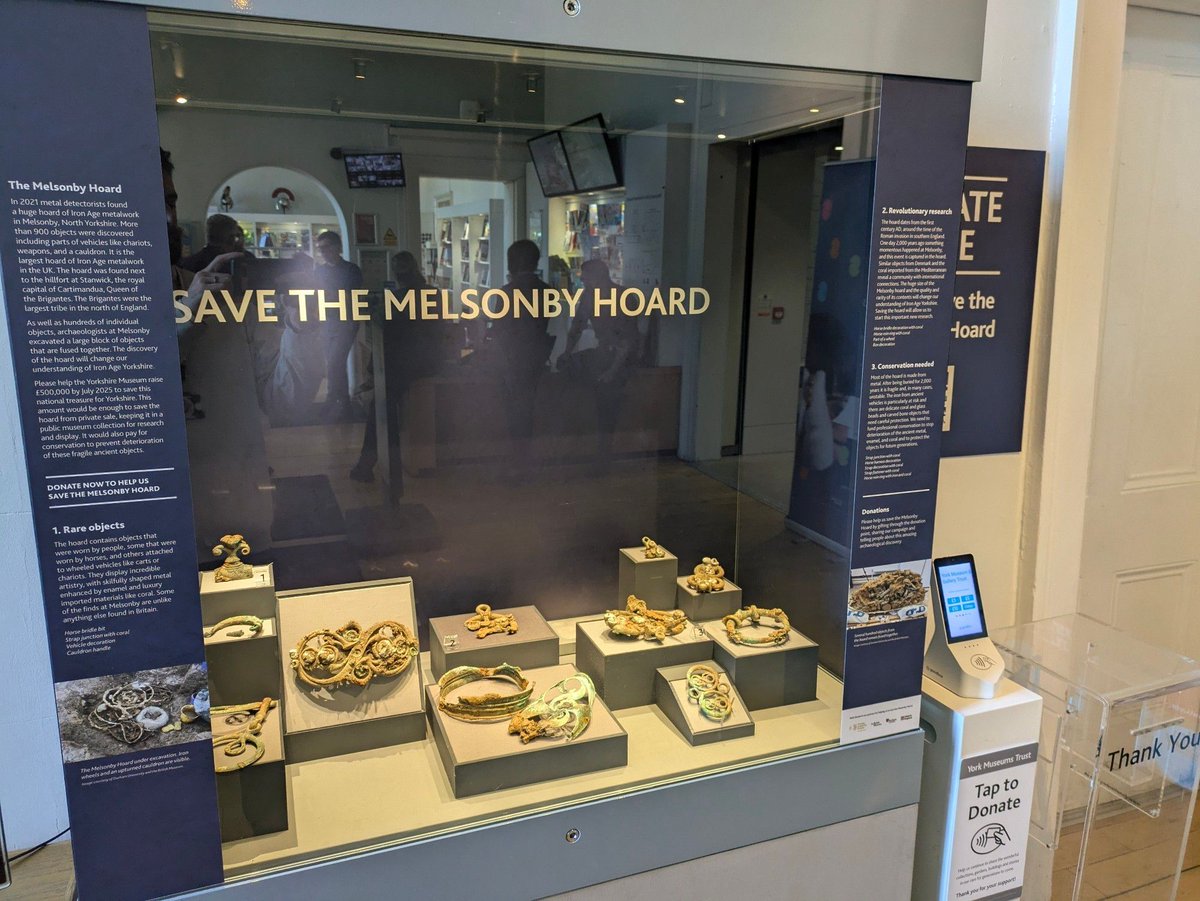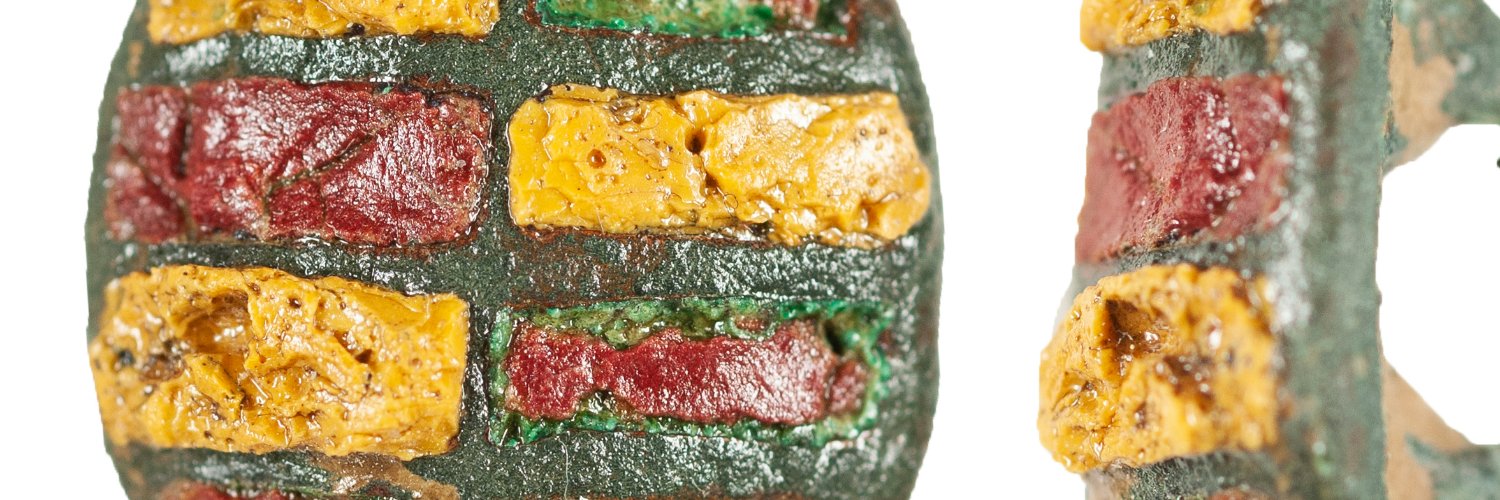
Adam Rivett
@YORYM_FLA
Finds Liaison Assistant (FLA) at York Museums Trust (YORYM). @findsorguk @YorkshireMuseum All thoughts & opinions are my own.
The Melsonby Hoard was discovered by a metal detectorist in 2021 & declared Treasure. The Yorkshire Museum aim to raise £500,000 to acquire & conserve the hoard, keeping it in a public collection. Help keep the hoard in Yorkshire and donate today at: crowdfunder.co.uk/p/save-the-mel…
Incredible archaeological discovery! 📣 The Melsonby Hoard, one of the most significant Iron Age finds in the UK, with over 800 items, has been excavated by @ArcDurham and Archaeological Services. 👉 brnw.ch/21wRyhj @HistoricEngland | @britishmuseum | @YorkshireMuseum
#OTD in AD 306, Constantine the Great was proclaimed Roman emperor by his troops in York after his father Constantius died there during a campaign. This coin depicts Constantine holding a sceptre, a symbol of imperial authority and power. #FindsFriday buff.ly/Nhexuex
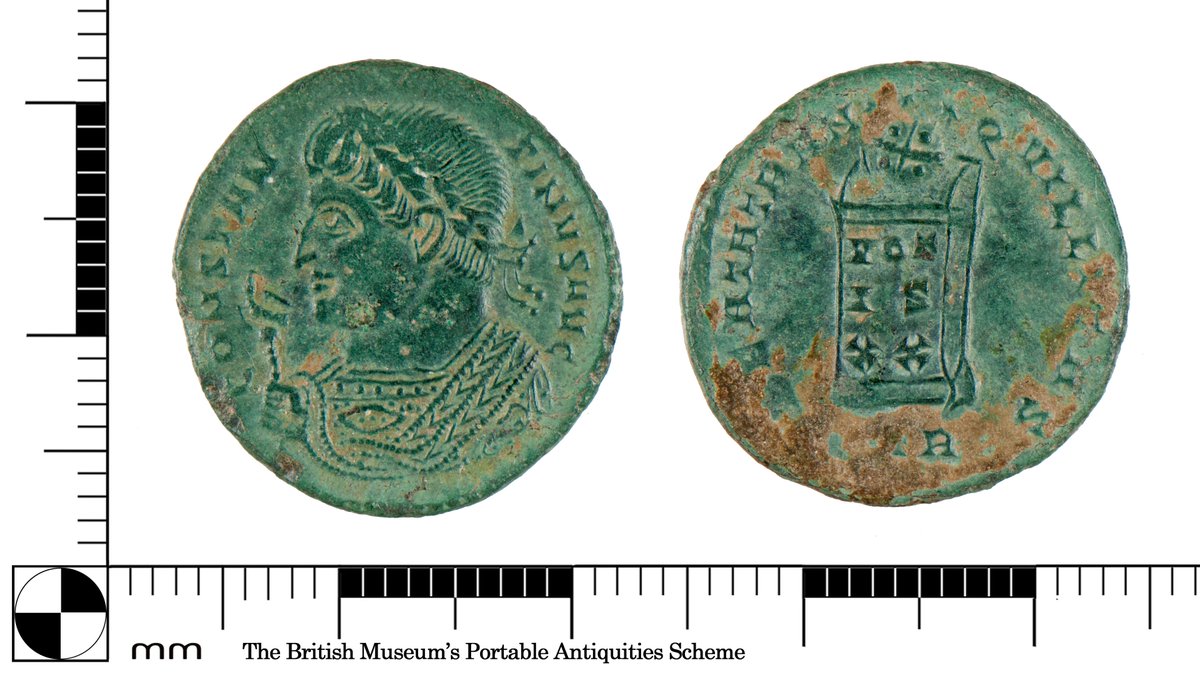
This is a Roman dragonesque brooch dating to between c.75-175AD. This type of brooch was produced in Roman Britain with most being found in northern England. Many examples, such as this one, were decorated with brightly coloured enamel. #FindsFriday buff.ly/FZ1hQUH
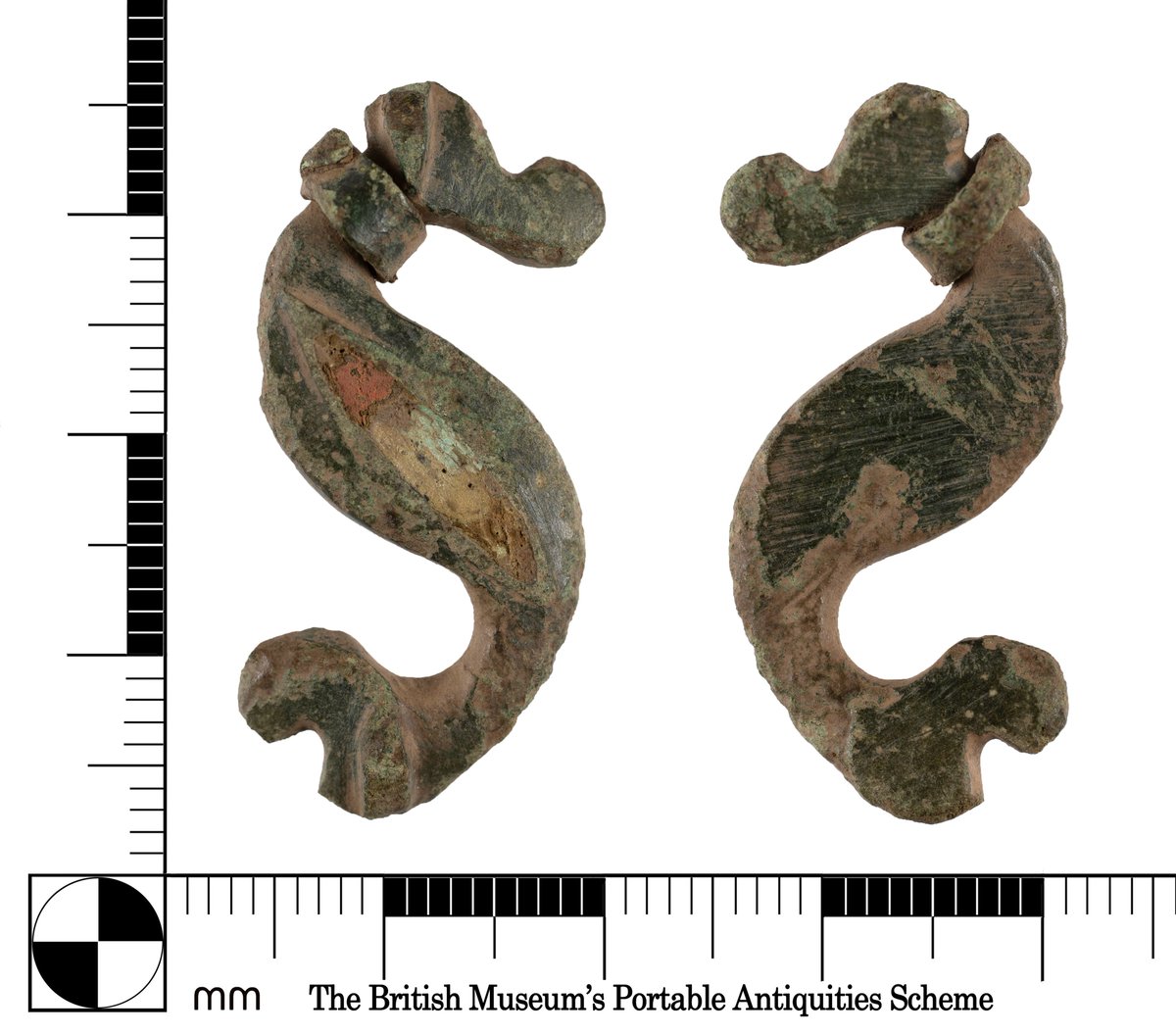
This is a medieval key dating to c.AD1200-1500. The function of this type of key is uncertain. The hollow-ended stem is not suitable for a door that needs to be locked from both sides, and so is more likely to be for a cupboard or chest. #FindsFriday buff.ly/5PRqTk4
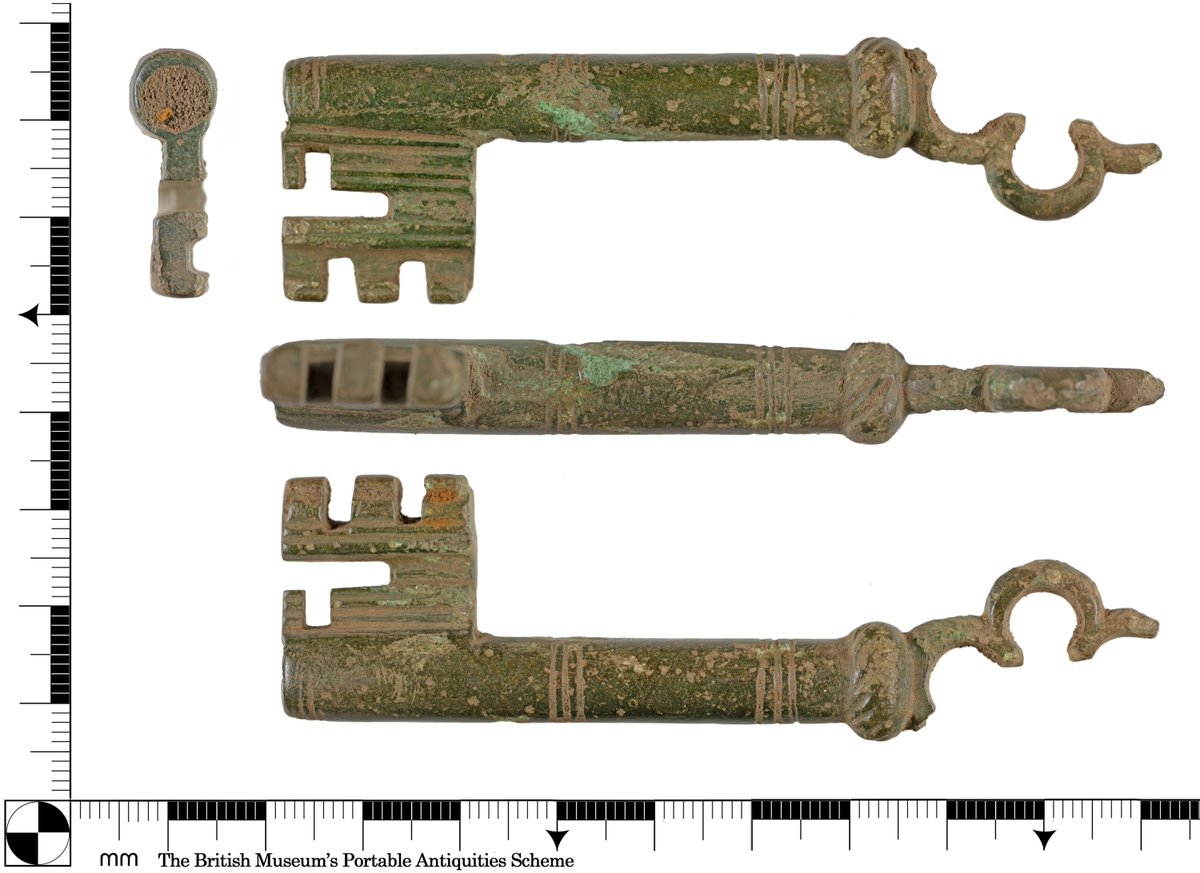
This token was produced to commemorate King George III's visit to Worcester in August 1788. It was made by Wilmore, Alston and Co; who produced buttons, toys and novelty tokens and medals. Between 1779-1790, they operated in Birmingham. #FindsFriday buff.ly/GkQ2B8Q
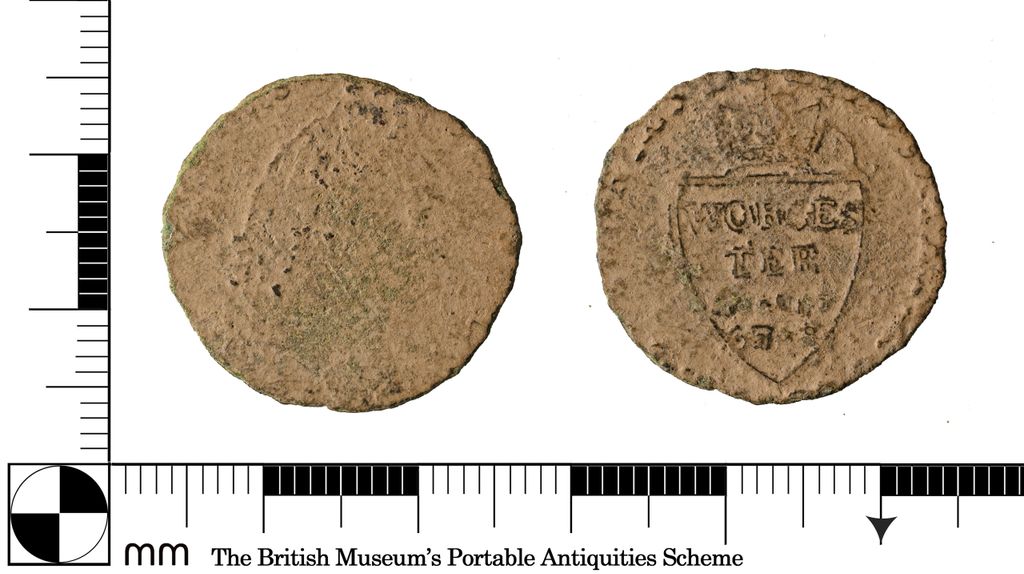
Check out this new blog post on a medieval badge depicting the baptism of Jesus by John the Baptist. Surprisingly, this is a uncommon subject for medieval religious badges with only a small handful of parallels. buff.ly/OwPxHHA #FindsFriday
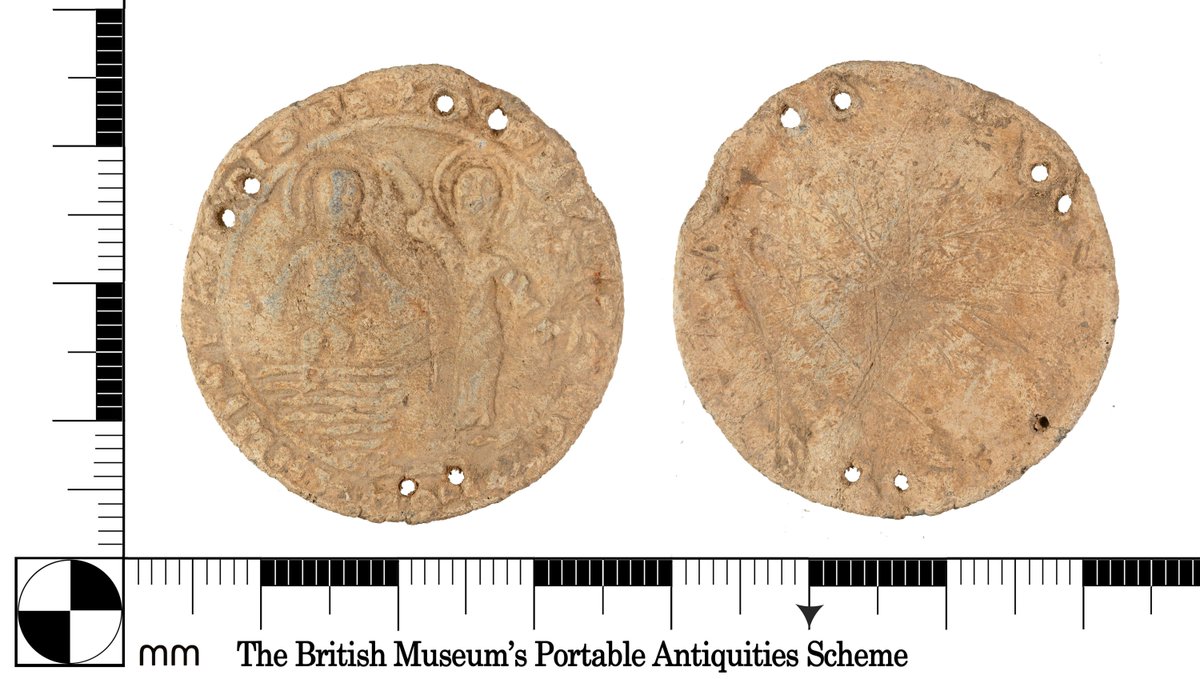
This is a silver-plated copy of a Roman denarius combining an obverse of Caracalla with a reverse type of Septimius Severus, Caracalla's father. #FindsFriday buff.ly/mIiuu9E
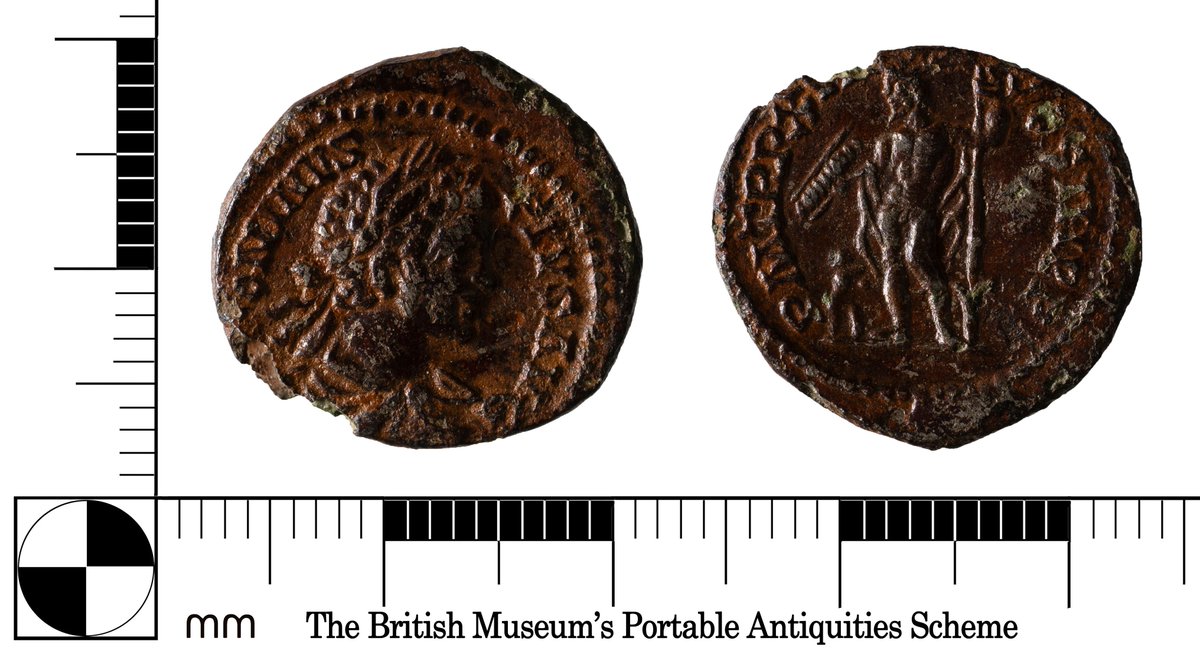
This is a Bronze Age spearhead which dates to c. 1550-1250 BC. No crushed loops are present on the side of the socket. These would have helped keep the spearhead attached to a shaft. #FindsFriday buff.ly/OlOw3KQ
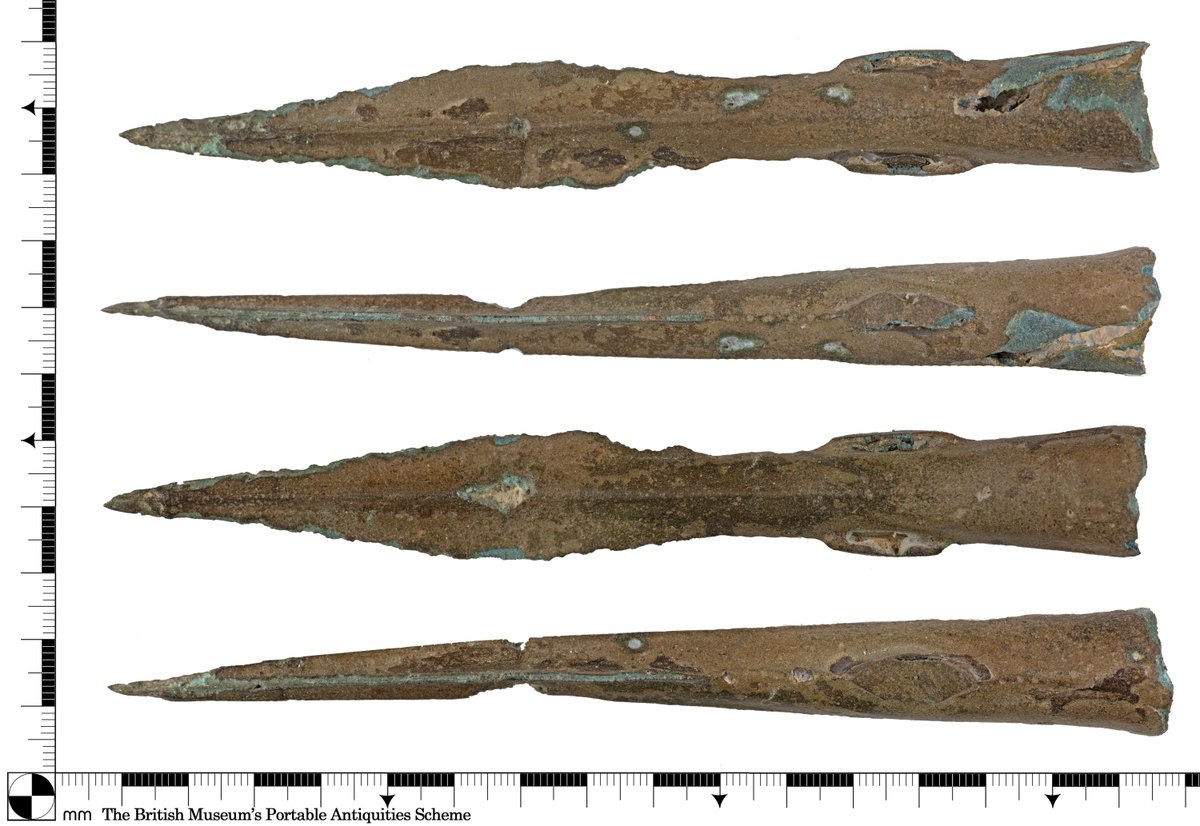
This is a Roman bow and fantail brooch, dating to c. AD 50 - 150. The bow of this brooch has been decorated with striking red and yellow enamel. #FindsFriday buff.ly/g2EaN3H

This is a medieval seal matrix depicting the head of John the Baptist on a platter. It would have been purchased already inscribed, and represents a seal of somebody unable to commission their own personal seal. #FindsFriday buff.ly/gU2A8bW
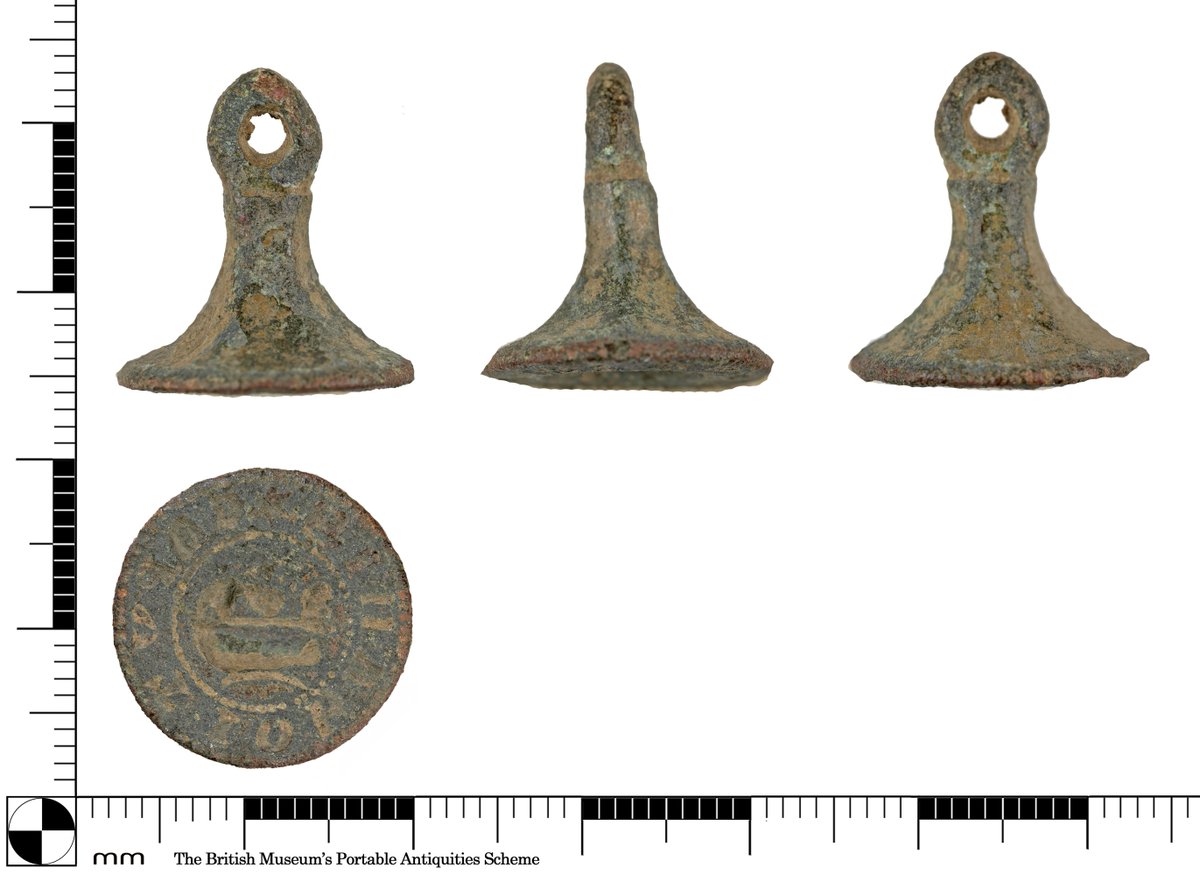
This is a coin weight for an English gold half ryal, roughly dating to between 1464 - 1470. Coin weights were used to verify the weight of coins, ensuring they were not underweight or clipped. #FindsFriday buff.ly/z2a2SIR
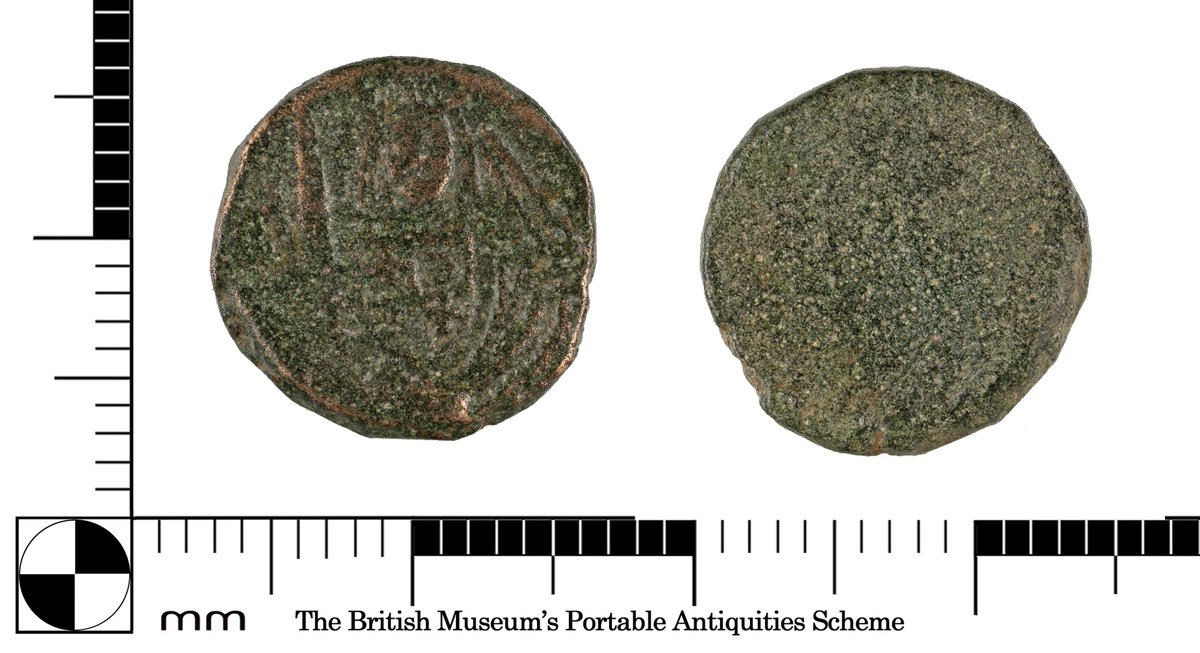
Moneyers In the Roman Republic oversaw the production of coinage. They were not mint workers but officials who controlled the process, including the design on the coins themselves. This coin was issued by C. Egnatius Maximus in 75 BC. #FindsFriday buff.ly/bClLTtp

Join us at Yorkshire Museum, York for a showcase of recent work by the Medieval Ritual Landscape Project, local metal detectorists, & digital animation students from York St John University? Book your tickets for this FREE event on Friday 13th June here: eventbrite.co.uk/e/merit-mediev…
This is a halfpenny trade token produced in 1667 for Peter Hodgson, a salter in Scarborough. Salters traded salt, were experts in the dry salting of fish and meat, dealt with flax, hemp, logwood, cochineal, potashes and chemical preparations. #FindsFriday buff.ly/sYMx7AJ
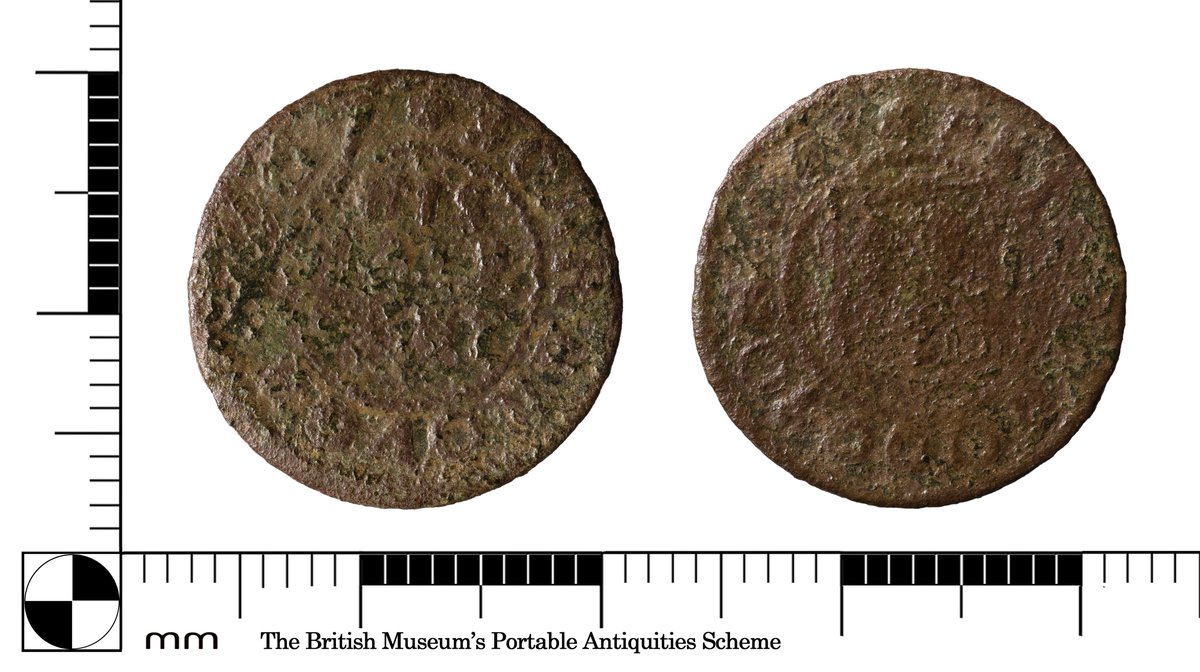
Happy Birthday Oliver Cromwell! Following the execution of Charles I, the Commonwealth of England was established and Cromwell ruled as Lord Protector from 1653 until his death in 1658. buff.ly/ood0fmN #FindsFriday
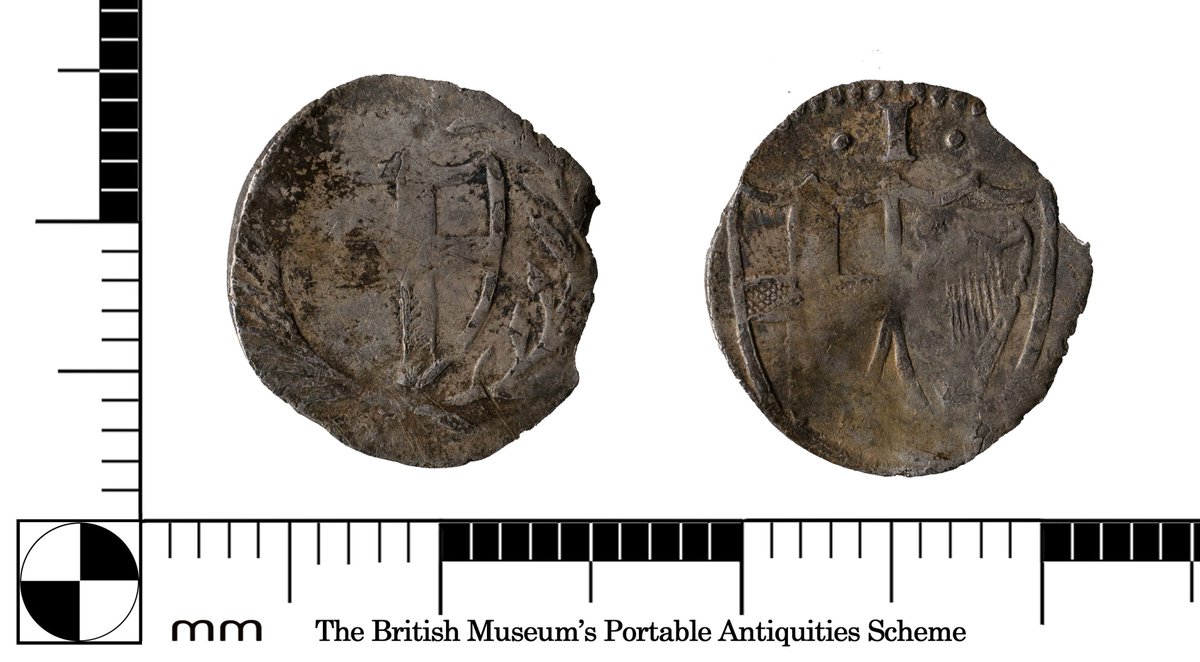
This is a Birdlip brooch, dating to the late Iron Age to Roman period. One of the most characteristic features of these brooches is the turned-up ‘beak’ below a bold transverse moulding on the bow, giving the impression of a bird’s head. #FindsFriday buff.ly/J9DT2Qy
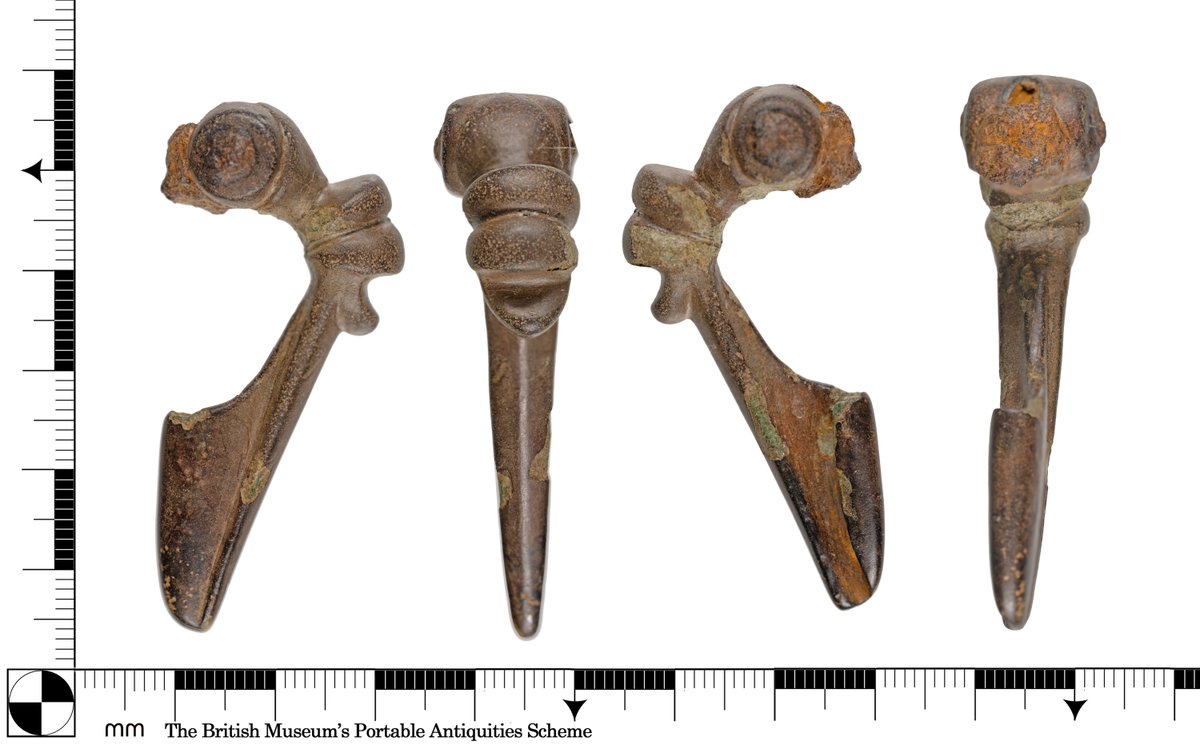
Happy Birthday Septimius Severus! He was born in what is now Libya and became Roman emperor in AD 193 after a fierce campaign against his rivals. Unfortunately his life was cut short when he died in York of an infectious disease in early 211. #FindsFriday buff.ly/DFNWrSy
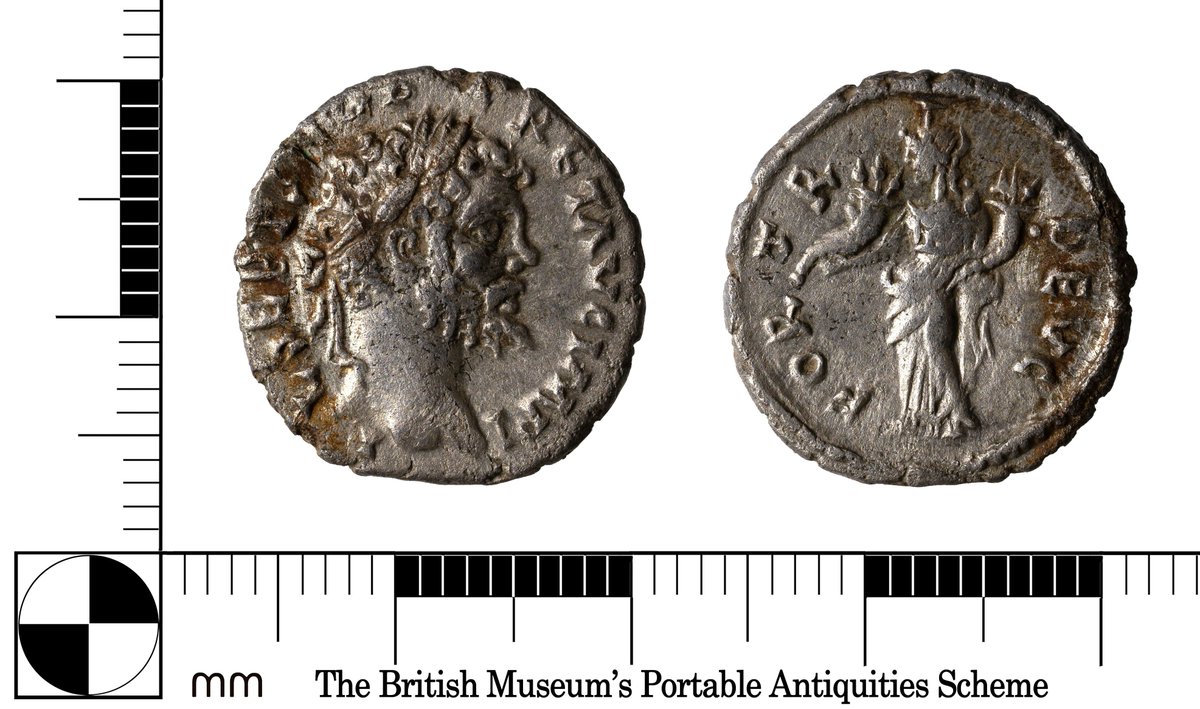
Happy Birthday Caracalla! Roman emperor from AD 198 to 217. His reign was dominated by domestic instability and external invasions by the Germanic peoples. He is remembered as one of the most tyrannical of all Roman emperors. #FindsFriday buff.ly/Usvud4v

I've written a blogpost on 17th century trade tokens! If you'd like to find out more about these interesting paranumismatic treasures, check out buff.ly/ZuryS3r
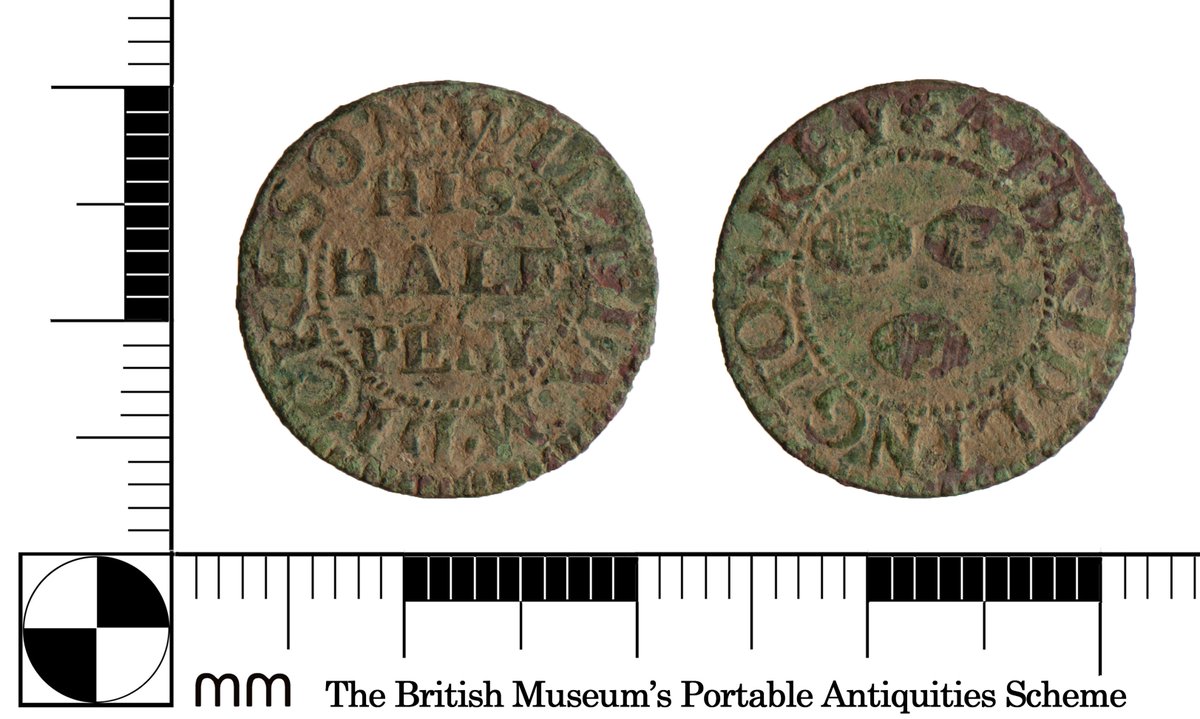
Discovered after 2,000 years, the Melsonby Hoard is a significant Iron Age find including over 900 items, including chariot wheels, ornate horse-harness fittings, cauldrons, and weapons. Support the Yorkshire Museum's fundraising effort here: buff.ly/V4artr6 #FindsFriday
